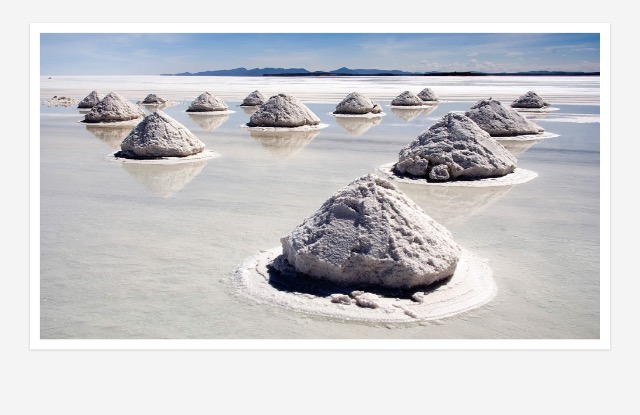About Jennifer
Jennifer Restak is an Educator, Performer and Curriculum Developer. She has taught eleventh and twelfth grade English in the DC Public Schools, and playwriting and drama in the New York City Public Schools. She has designed original curriculum for the DC Public Schools, and one of her units on drafting, broadcasting and implementing Action Plans was Featured in the District as an outstanding curriculum Cornerstone. She has collaborated with theaters and schools to connect High School students to Shakespeare and Edgar Allen Poe through writing and performance.
contact: jennifer.restak@gmail.com
The Harvard Alley Workshop:
connecting across disciplines.
The Harvard Alley Workshop's original curriculum incorporates writing, spoken word, visual art, music and movement in the creation of scripts for performance.
The Harvard Alley Workshop's original curriculum incorporates writing, spoken word, visual art, music and movement in the creation of scripts for performance.
@jrestak
Jennifer Restak







